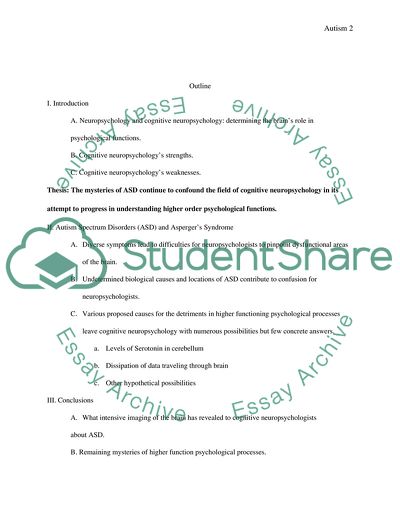Cite this document
(“The Mysteries of Autism Spectrum Disorder: Phenomena that Confounds Essay”, n.d.)
Retrieved from https://studentshare.org/psychology/1537192-the-mysteries-of-autism-spectrum-disorder-phenomena-that-confounds-cognitive-neuropsychology
Retrieved from https://studentshare.org/psychology/1537192-the-mysteries-of-autism-spectrum-disorder-phenomena-that-confounds-cognitive-neuropsychology
(The Mysteries of Autism Spectrum Disorder: Phenomena That Confounds Essay)
https://studentshare.org/psychology/1537192-the-mysteries-of-autism-spectrum-disorder-phenomena-that-confounds-cognitive-neuropsychology.
https://studentshare.org/psychology/1537192-the-mysteries-of-autism-spectrum-disorder-phenomena-that-confounds-cognitive-neuropsychology.
“The Mysteries of Autism Spectrum Disorder: Phenomena That Confounds Essay”, n.d. https://studentshare.org/psychology/1537192-the-mysteries-of-autism-spectrum-disorder-phenomena-that-confounds-cognitive-neuropsychology.


